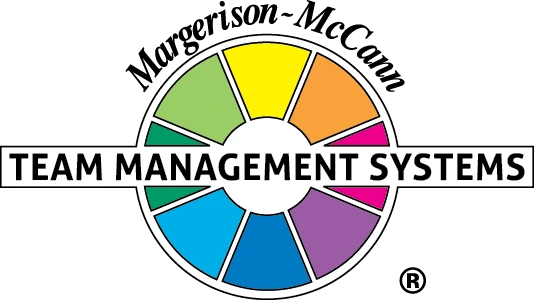Balanced and Unbalanced Teams
In the lexicon of TMS, balanced teams are those where there is a good balance of role preferences around the Team Management Wheel. Unbalanced teams are those where role preferences congregate in one part of the Wheel, for example Thruster-Organiser, Concluder-Producer and Assessor-Developer.
Is a balanced team always more effective than an unbalanced team?
In a balanced team it’s less likely that key work functions will be ignored and attention is given to all eight key areas. However, because opposites on the Wheel see the world in different ways, incipient conflict can easily arise. In teams like this Linking is the key to success. Learning how to interact better with those on the other side of the Wheel becomes an essential skill for everyone to develop.
I have written extensively about the concepts of Pacing which are dealt with in detail in my e-Book ‘The Pacing Partnership’. Pacing is the skill of understanding others’ preferences and trying to interact with them in ways that match their preferences. It’s not about manipulating others but showing respect for their ‘model of the world’ so as to gain a successful outcome. If the other party reacts in a similar way then there is more likely to be a courteous and successful outcome - a partnership. So in a balanced team, Linking is the key to success.
In an unbalanced team there is an extra issue to deal with. Because team members have similar preferences, group think becomes more likely and the other parts of the Wheel tend to be ignored. In situations like this ‘coloured meetings’ become a priority.
Green meetings
These meetings concentrate on gathering information and thinking about new ideas and new ways of doing things. They are not meetings for decisions; they are held purely to investigate the possibilities. Unbalanced teams in the ‘red’ part of the Wheel should regularly have green meetings to help them become more effective.
Yellow meetings
Yellow meetings focus on promoting ideas both within the organisation and to external customers. Often to make a project work, teams have to sell their ideas to others in order to obtain the people and resources to carry them out. Communicating ideas externally is an important part of the team focus if it is to continually deliver what people want. Unbalanced teams in the blue part of the Wheel may need regular yellow meetings to improve performance.
Red meetings
Red meetings are about developing ideas and delivering results. The development of ideas needs attention to ensure that practical products are delivered within budget constraints. Ideas that end up costing too much or not delivering the expected outcome can waste time, money and effort. Green teams need to have structured red meetings to help them with balance.
Blue meetings
These meetings focus on the details and evaluation of processes and results. This area can be overlooked by yellow and green teams. Taking time to check the details and audit the project go a long way to keeping customers satisfied and teams effective.
White Meetings
These are either one-on-one or team discussions focusing solely on Linking Skills. They are probably best done using a facilitator.
So balanced teams may fail because of poor Linking. This can be corrected by regular white meetings. Unbalanced teams may fail if they ignore those work functions where preferences are lacking. Here green, yellow, red and blue meetings can result in corrective action.
Both teams, though, can be equally effective when they understand and implement the principles of TMS.
Copyright © Dick McCann, Team Management Systems. All rights reserved.

